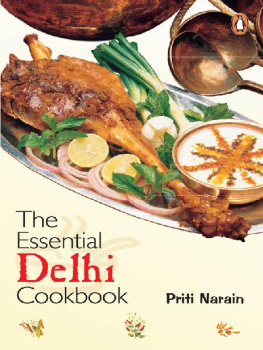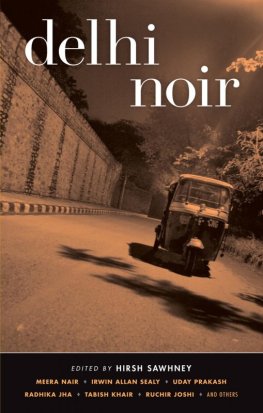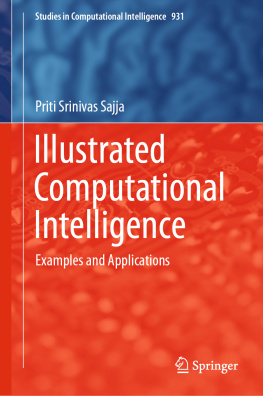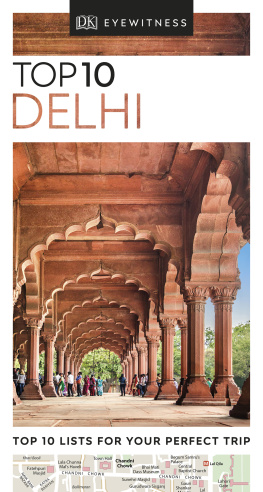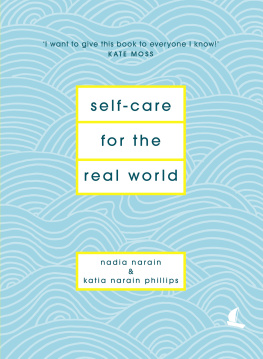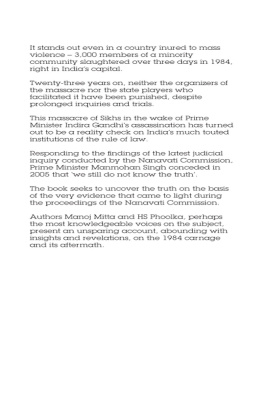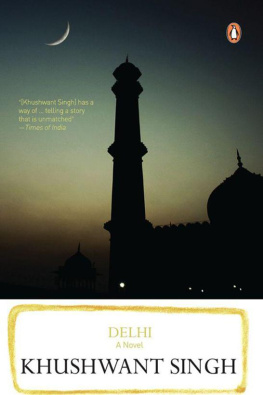Priti Narain - The Essential Delhi Cookbook
Here you can read online Priti Narain - The Essential Delhi Cookbook full text of the book (entire story) in english for free. Download pdf and epub, get meaning, cover and reviews about this ebook. year: 2000, publisher: Penguin Books Ltd, genre: Home and family. Description of the work, (preface) as well as reviews are available. Best literature library LitArk.com created for fans of good reading and offers a wide selection of genres:
Romance novel
Science fiction
Adventure
Detective
Science
History
Home and family
Prose
Art
Politics
Computer
Non-fiction
Religion
Business
Children
Humor
Choose a favorite category and find really read worthwhile books. Enjoy immersion in the world of imagination, feel the emotions of the characters or learn something new for yourself, make an fascinating discovery.
- Book:The Essential Delhi Cookbook
- Author:
- Publisher:Penguin Books Ltd
- Genre:
- Year:2000
- Rating:4 / 5
- Favourites:Add to favourites
- Your mark:
- 80
- 1
- 2
- 3
- 4
- 5
The Essential Delhi Cookbook: summary, description and annotation
We offer to read an annotation, description, summary or preface (depends on what the author of the book "The Essential Delhi Cookbook" wrote himself). If you haven't found the necessary information about the book — write in the comments, we will try to find it.
The Essential Delhi Cookbook — read online for free the complete book (whole text) full work
Below is the text of the book, divided by pages. System saving the place of the last page read, allows you to conveniently read the book "The Essential Delhi Cookbook" online for free, without having to search again every time where you left off. Put a bookmark, and you can go to the page where you finished reading at any time.
Font size:
Interval:
Bookmark:



PENGUIN BOOKS
PENGUIN BOOKS
THE ESSENTIAL DELHI COOKBOOK
Priti Narain belongs to an old family of Delhi and a community which has a tradition of taking great pains over the preparation and serving of good food. She ran a gourmet restaurant in Delhi for two years, in partnership with a friend. For several years, she also supplied cakes on order.
Currently Priti leads a relaxed life, bird-watching and taking the occasional order for chocolate cake.
Brijesh with love
An Australian gentleman once asked
my father to which part of the
country he belonged. On hearing the
reply Delhi, he expressed surprise
and said, Surely you mean U.P.?
How can anyone belong to Delhi?
My father replied that his ancestors
had worked in the Mughal courts and
that several generations of his family
had lived in Delhi. The Australian
gentleman called to his wife and said,
Dear, come and meet an aborigine of
Delhi.
This is a book from one of
the aborigines of Delhi.
D elhi has had a chequered history and there have been many different influences on the cuisine and culture of the people.
The Kauravs and Pandavas, who lived around what we now call Delhi, seem to have had a rich cuisine. The Mahabharat mentions dishes made of milk and rice mixed with ghee, honey and roots. Rice was also cooked with meat. There are descriptions of meat roasted on spits, curries of meat and fruit seasoned with fragrant spices. The meats eaten include those of pig, deer, cow, sheep, birds and even donkey and camel!
After the excesses of the Mahabharat era, the food habits became simpler and seem to have become quite austere. Vegetarianism developed among the Brahmins, and under the influence of Buddhism and Jainism the common people followed suit. Onions and garlic stopped being widely used as they were considered foods which aroused mans baser instincts, e.g. lust, anger etc. They were forbidden to certain classes of society. The Chinese visitor, I Ching wrote that onions were forbidden because they caused pain, spoilt the eyesight and weakened the body. Even today these are not used in traditional Bania and Jain cuisine, which is probably the only Delhi food that has remained unchanged to this day.
During the Rajput rule of Delhi meat made a comeback on the menu. It received greater emphasis with the arrival of the Afghans, Turks and other Central Asian people. Muslim cuisine on the Indian subcontinent is very different from that of any other Muslim nation. It is obvious that local influences such as cooking practices and the availability of a vast range of ingredients played an important role in its development. Onions and garlic were again in use to flavour the rich meat dishes, pulaos and biryanis that were part of this cuisine. Nuts and raisins were also used extensively, both in savoury dishes and in milk sweets and halvas. The Muslims also brought the concept of community eating to the rather austere eating habits of the time.
Ibn Batuta describes at length the dining customs of the Delhi Sultans. The dinners were formal with a fixed seating arrangement. It is interesting to note that judges, orators and jurists were the most honoured and sat at the head of the dining carpet, the Sultans relatives and nobles followed and the common people were below the salt. Before dinner the guests bowed to the Sultan or his representative and then sat at their appointed places. A rose flavoured sherbet was first served to all the guests. The meal which followed would consist of meat cooked in ghee flavoured with ginger and onion, naan, samosa filled with meat and spices, rice, fowl and halva. After the meal a barley drink would be served, followed by paan.
The dinners could be both private and public. The private dinners to which the nobles and others of high position were invited, were attended by the Sultanit was said that by being in the Sultans company the nobles would keep out of mischief! The public dinners were presided over by the palace officers but followed the same formal pattern as the private ones.
When Babar came to India he discovered that the dusty plains of Hindustan did not produce the fruits that he loved. He imported grapes and melons and started their cultivation in India. By the time of Akbar these were plentiful in Delhi markets and the price lists of that time in the Ain-I-Akbari mention them along with indigenous fruit like mangoes, oranges, guavas, figs, plantains, mulberry, custard-apples, along with pomegranates and pineapple.
Other exotic spices and foods were brought by the Europeans and the food that evolved acquired new flavours. Chillies, for example were a late entrant to India. In the Ain-I-Akbari chillies are not mentioned as an ingredient in any of the recipes. It is said that the use of chillies in Delhi was recommended by Hakim Alvi, physician to Mohammed Shah Rangila to ward off the ill humours thought to be generated by the canal flowing through Chandni Chowk.
All these influences married to the existing food culture resulted in a rich and varied cuisine. Eating became serious business and a good cook was jealously guarded. Kayasth food, particularly that of the Mathurs has borrowed heavily from the Muslim tradition, along with the language and culture.
The Partition saw many new influences flooding Delhi. Tandoori food from Central Asia came to the frontier and thence to Delhi. The man responsible for introducing this fare to Delhi was Kundan Lal of Moti Mahal Restaurant at Daryaganj. This remarkable man with a handlebar moustache started the legendry tandoori cuisine with only tandoori chicken. It was said of him that he educated the foreigner to eat with his fingers. Not many people know that the ubiquitious butter chicken was his innovation as was chicken pakora. Even at the height of his success he personally supervised his restaurant and kept a sharp eye on each table.
Today in Delhi you can get everything from pizza to paella, dosa, idli, dhokla with Thai, Mexican and Chinese food thrown in. Cho meen has become an Indian dish and jostles for space with tandoori chicken and tikka kababs at roadside stalls.
So what exactly is Delhi Food? To find out, take a walk through the old city. All the traditional foods are availablefrom piste ki lauz and badaam ki lauz at Ghantewala and Kunwar Sain to habshi halwa at Ballimaran; from rabri and khurchan at Parathewali Gali (in addition to paranthas) to jalebi at the corner of Dariba and Chandni Chowk and Sultan ke kulle at Nai Sarak. At Jama Masjid there are a number of stalls selling foodstuff, both cooked and raw. You can eat kababs, biryani, kheer, kulfi, nankhatais and biscuits. Or you can go to Karims or Jawahar Restaurant for a proper meal of korma, parsindas, bheja and a variety of rotis and naans.
But of course the best food from any region is to be found in the homes of the people. Each family has its own way of cooking a particular dish and each one is authentic. Cookery is not a static art, ingredients are added or subtracted along the way according to individual tastes and whims and sometimes even by accident!
An important role in the evolution of cooking has been played by the joint family system. With many hands available, a great deal of care, effort and time went into the preparation of food and elaborate recipes were developed.
Font size:
Interval:
Bookmark:
Similar books «The Essential Delhi Cookbook»
Look at similar books to The Essential Delhi Cookbook. We have selected literature similar in name and meaning in the hope of providing readers with more options to find new, interesting, not yet read works.
Discussion, reviews of the book The Essential Delhi Cookbook and just readers' own opinions. Leave your comments, write what you think about the work, its meaning or the main characters. Specify what exactly you liked and what you didn't like, and why you think so.

